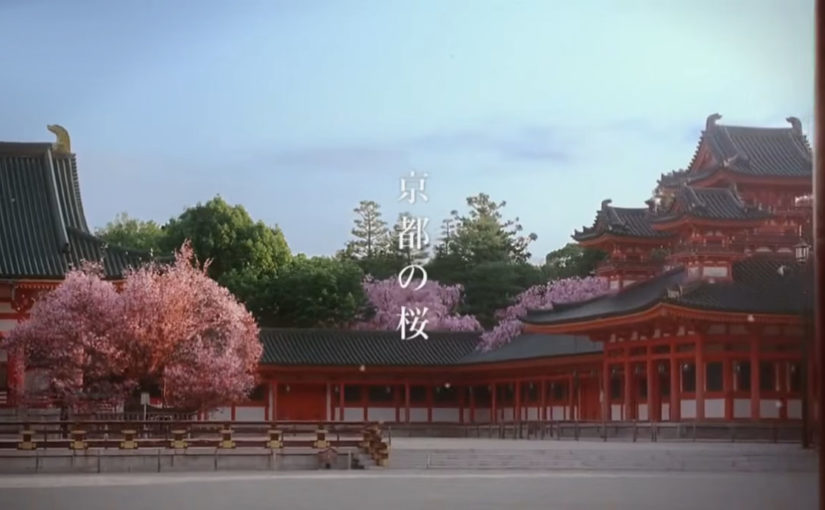The T360 was a pickup truck from Honda. Introduced in June 1963, it was Honda’s first production automobile, beating the S500 Sports by four months. The T360 used a 356 cc AK250E series DOHC inline-four engine also found in the Honda S360 roadster prototype, with which it also shared the chassis. The mid-mounted unit propelled the truck to a top speed of 100 km/h (62 mph). The engine generated 30 hp (22 kW) at 8,500 rpm, reflecting Honda’s motorcycle heritage.
Aside from their core automobile and motorcycle businesses, Honda also manufactures garden equipment, marine engines, personal watercraft and power generators, amongst others.
Kei car, K-car, or kei jidÅsha (軽自動車, lit. “light automobile”) (pronounced [keËdÊ‘idoËÉ•a]), is a Japanese category of small vehicles, including passenger cars (kei cars or “kei class cars”), microvans, and pickup trucks (“kei trucks” or “kei class trucks”). They are designed to comply with Japanese government tax and insurance regulations, and in most rural areas are exempted from the requirement to certify that adequate parking is available for the vehicle.
